
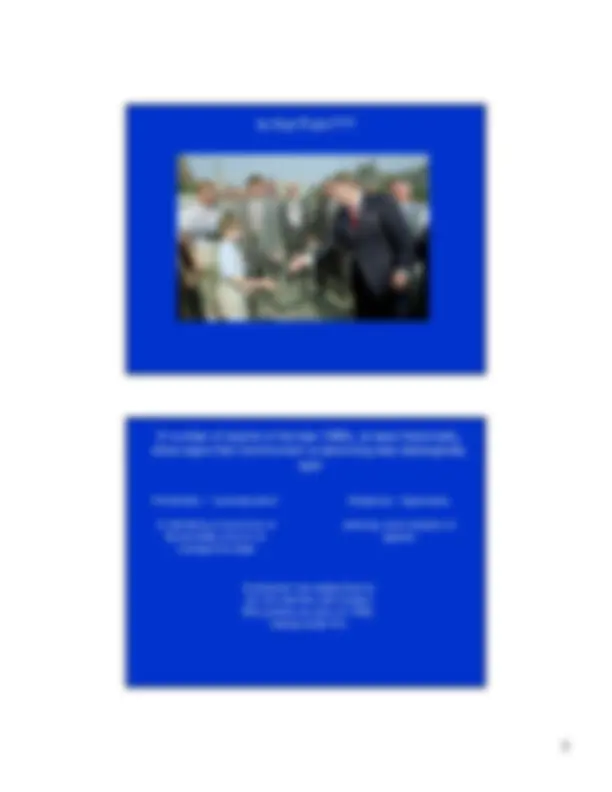
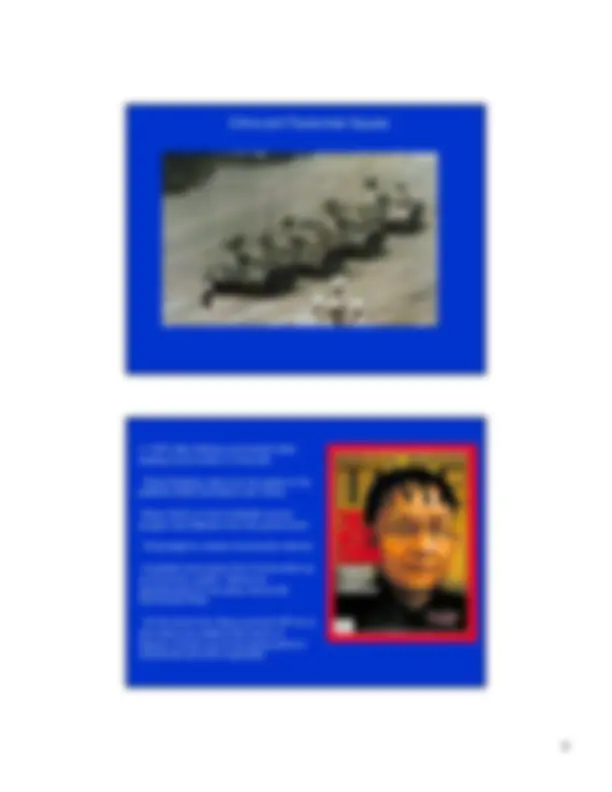
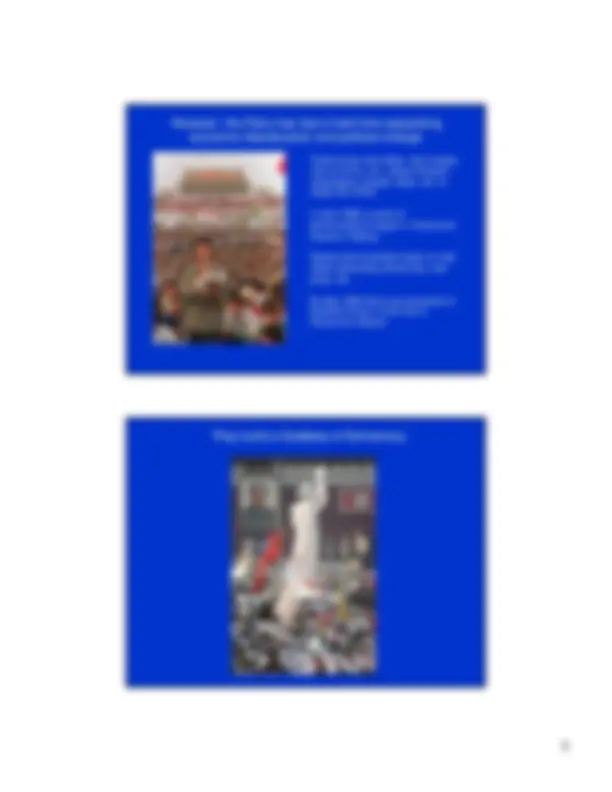
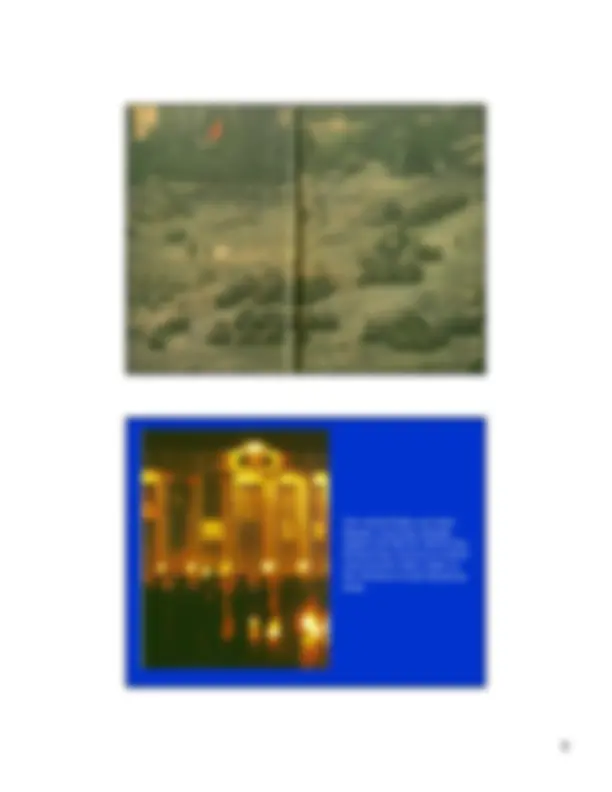
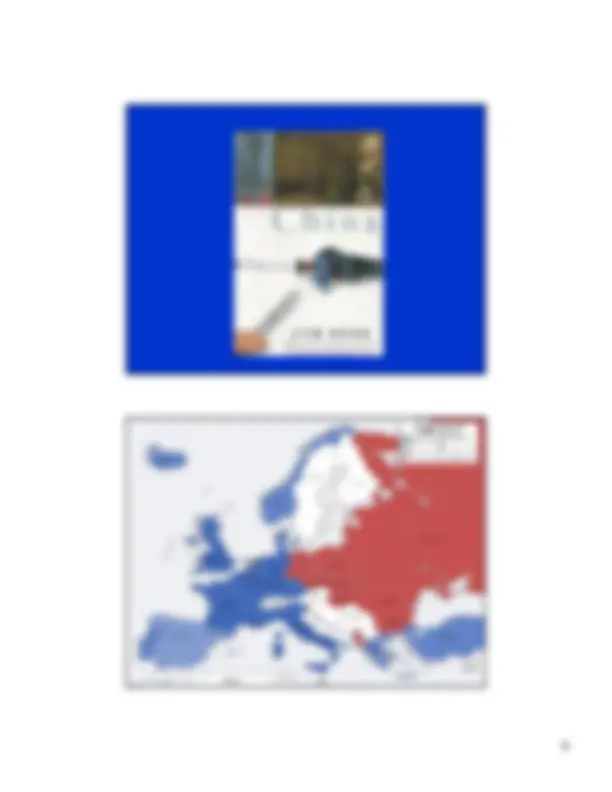
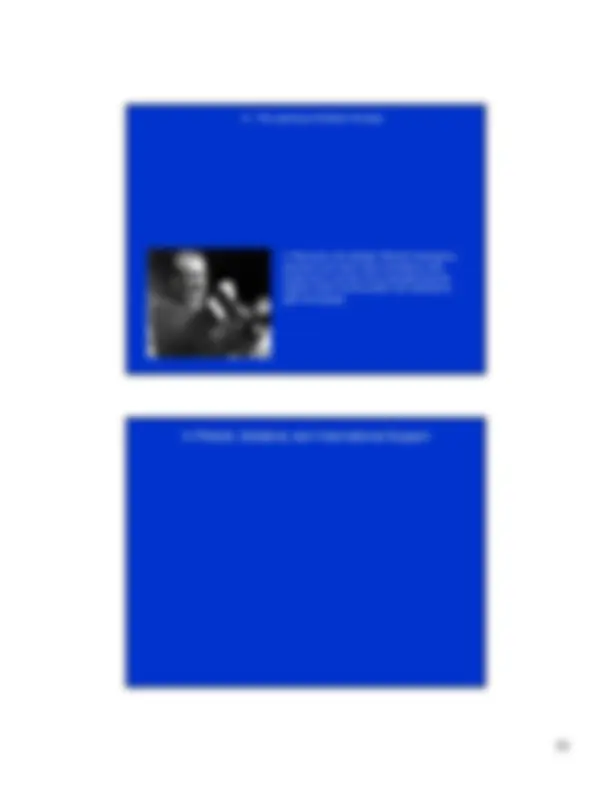
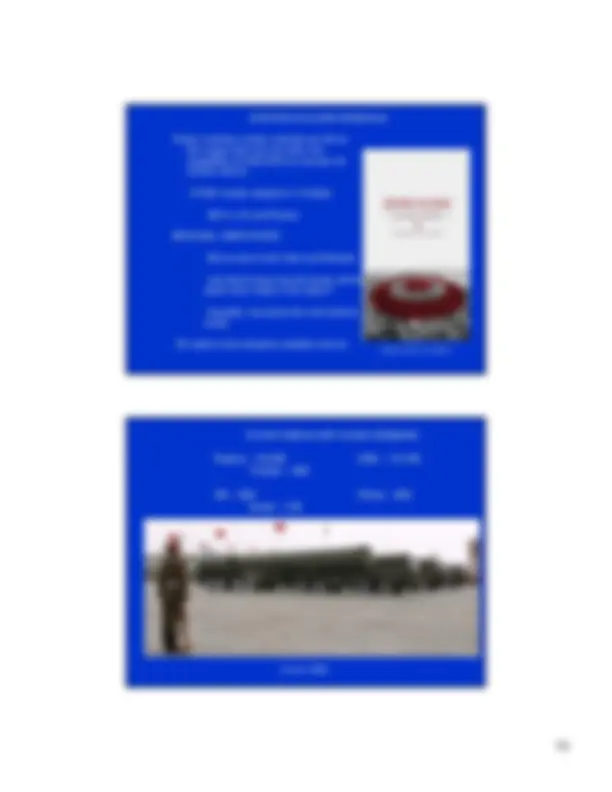
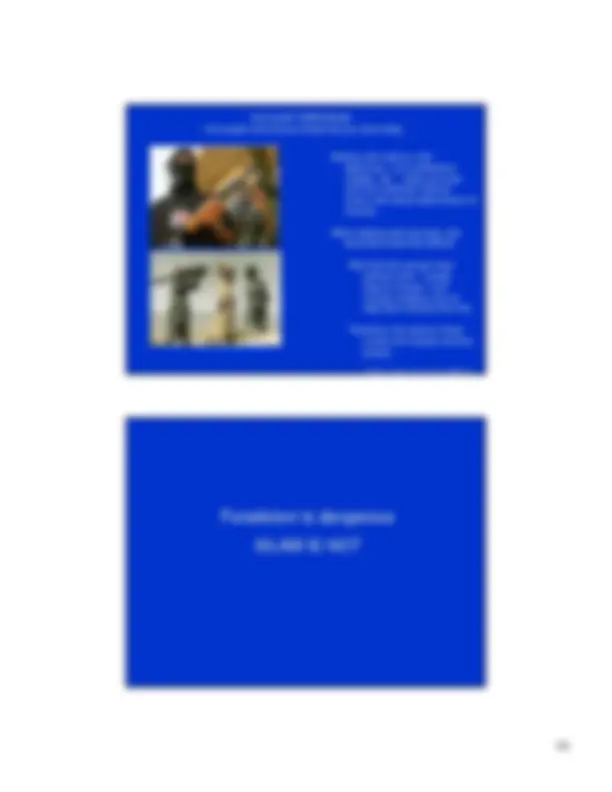
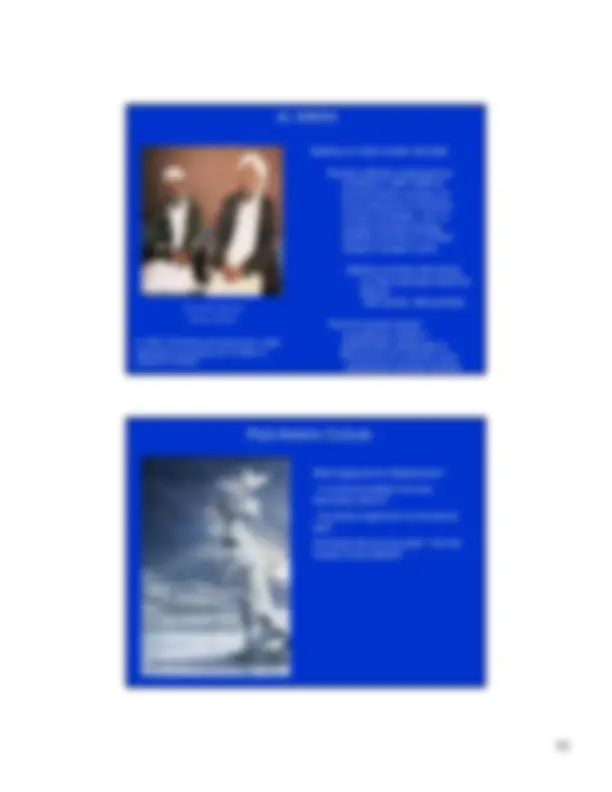


Study with the several resources on Docsity

Earn points by helping other students or get them with a premium plan


Prepare for your exams
Study with the several resources on Docsity

Earn points to download
Earn points by helping other students or get them with a premium plan
Community
Ask the community for help and clear up your study doubts
Discover the best universities in your country according to Docsity users
Free resources
Download our free guides on studying techniques, anxiety management strategies, and thesis advice from Docsity tutors
Material Type: Notes; Professor: Knoblauch; Class: HIST THROUGH FILM; Subject: History (HIST); University: Ohio University; Term: Fall 2009;
Typology: Study notes
1 / 17

This page cannot be seen from the preview
Don't miss anything!










Week 10 Study Guide
Terms:
Manichean George Schultz Ideology Boris Yeltsin Tiananmen Square Massacre George H. W. Bush Solidarity Dirty Bomb Glasnost Al Qaeda Perestroika Post-Atomic Culture START Osama bin Laden
Questions to ponder:
Reagan heads to Moscow for 4th Summit with Gorbachev
In 1976, Mao Zedong and several other leading Communists in China die
-Deng charts a more moderate course; purges most Maoists from the government
-A gradual move away from Communism as an economic system, without an abandonment of one party rule by the Communist Party
Trade brings new ideas, new images, new art forms, etc.; allows Western newspapers, people, ideas, etc. to creep into China
In April 1988 a series of demonstrations began in Tiananmen Square in Beijing
Student demonstrators begin to hold rallies demanding democracy, free press, etc.
By May 1989 there are thousands of students living in a tent city in Tiananmen Square
The United States and other Western Countries officially support the fight for democracy, but/and they continue to extend most-favored nation status to the Chinese to avoid disrupting trade.
III. The opening of Eastern Europe
In Romania, the dictator Nikolai Ceausescu, wanted to put down demonstrations with brutal force, but the Army decided that the regime could not be saved, and refused to fight the people.
In 1991, the Soviet Union disbands The Cold War, as we know it, is over
Today’s existing nuclear arsenals are still on hair-trigger alert and are within the capabilities of ONE MAN (or woman) for nuclear nations
27,000 nuclear weapons in 9 states
96% in US and Russia
REGIONAL ARMS RACES
A good read on the subject
Chinese ICBMs
Dealing with nations, with diplomacy, non-proliferation treaties, etc… these are tried and true methods; rational actors with discernable factors of interest.
When dealing with terrorists, this becomes extremely difficult
Most terrorist groups have political aims—usually regime change—and nuclear weapons do not help them achieve this end.
Therefore, the serious threat comes from fanatic terrorist groups.
Their aims are not political